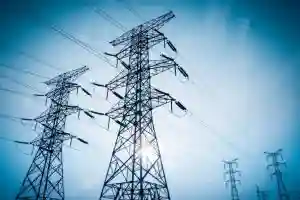Zimbabwe’s current electricity challenges are far from over as the Southern African Development Community (SADC) is failing to meet growing power demands with the region experiencing a generation capacity shortfall of 5 000 MW.
Speaking at the official opening ceremony of the Southern African Power Pool (SAPP) offices in Harare on Monday, Energy and Power Development minister Zhemu Soda said:
Of late the electricity supply Industry in the SADC region has been characterised by insufficient generation capacity to meet the growing power demand, where the current generation capacity shortfall is five thousand (5 000 MW) megawatts.
Other challenges are the lack of adequate transmission and distribution infrastructure to deliver electricity to end users, high transmission and power distribution losses; which increase the cost of supply to consumers, and limited regional trade of power due to transmission constraints and particularly along the central transmission corridor.
Zhemu said solutions to the challenges require cooperation by the regional countries. He said:
The region can save up to US$37 billion if coordinated planning is followed as per the estimate of the SAPP Pool Plan of 2017.
SAPP is also working on the Regional Transmission Infrastructure Financing Facility with the objective of unlocking transmission constraints and promoting the financing and development of new transmission infrastructure.
SAPP was created in August 1995 at the SADC summit held in Kempton Park, South Africa, and consists of national electricity companies in the region.
The members of SAPP have created a common power grid between their countries and a common market for electricity in the SADC region.
Meanwhile, Zhemu said that electricity demand in Zimbabwe is driven by a resurgence of mining activities and demand is growing. | NewsDay

